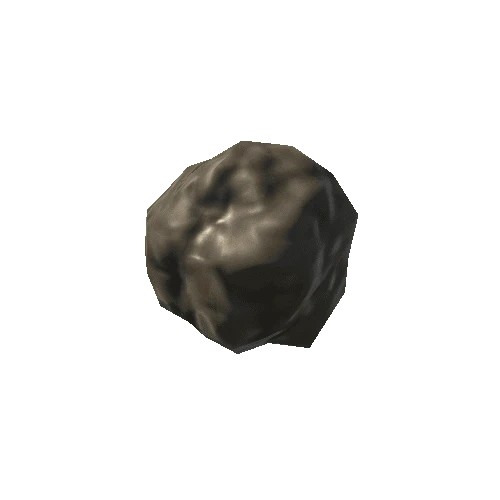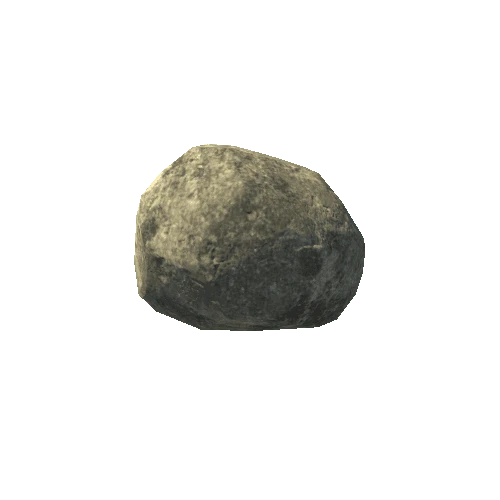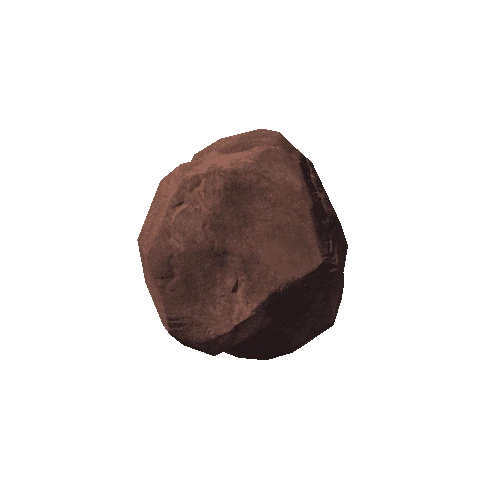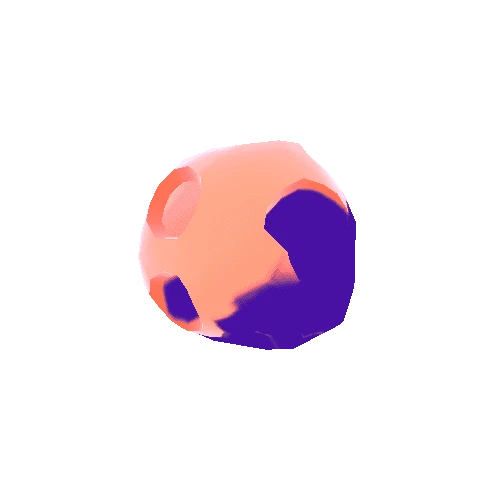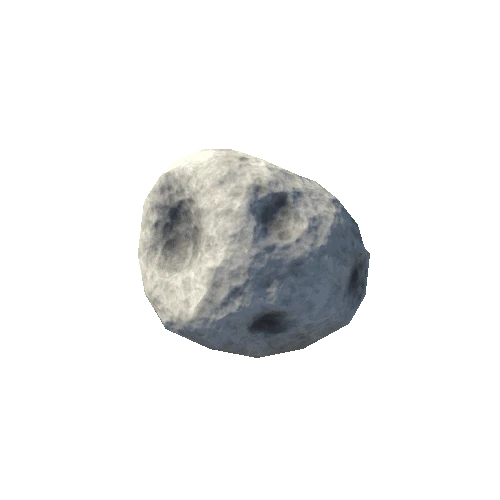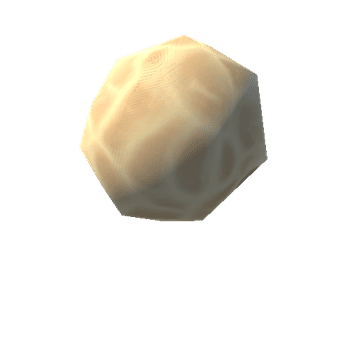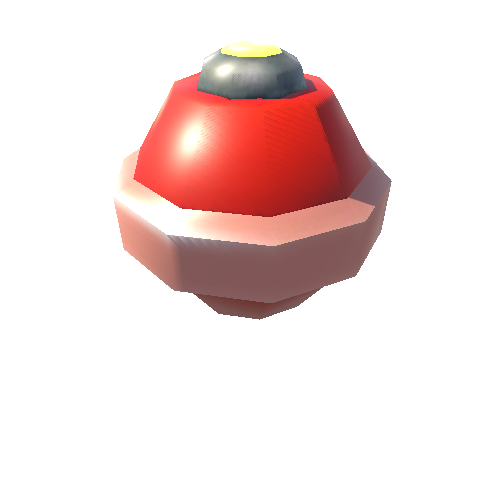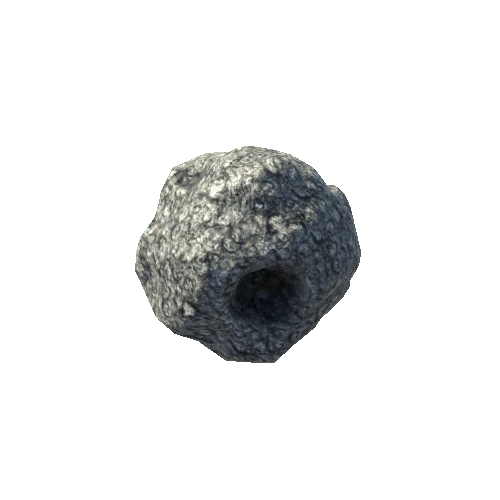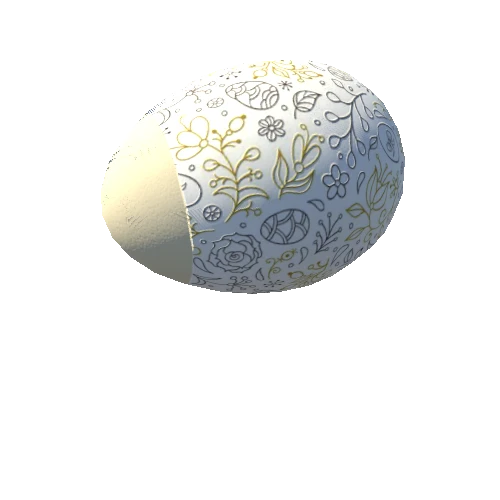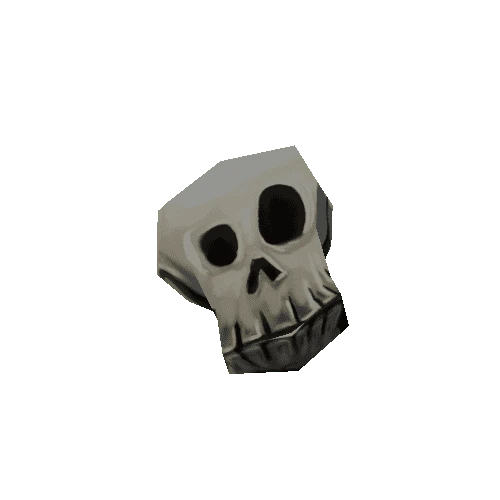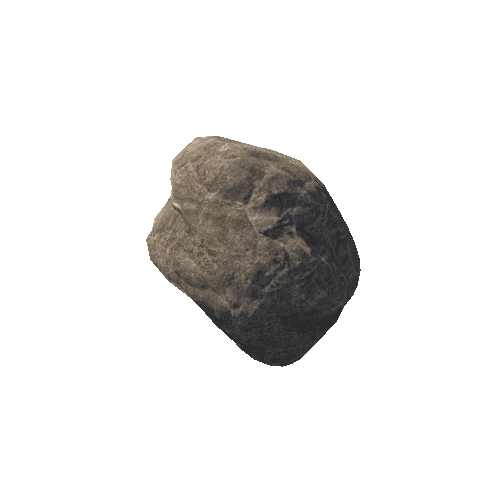Select or drop a image or 3D model here to search.
We support JPG, JPEG, PNG, GIF, WEBP, GLB, OBJ, STL, FBX. More formats will be added in the future.
Asset Overview
Vesta (minor-planet designation: 4 Vesta) is one of the largest objects in the asteroid belt, with a mean diameter of 525 kilometres (326 miles). It was discovered by the German astronomer Heinrich Wilhelm Olbers on 29 March 1807 and is named after Vesta, the virgin goddess of home and hearth from Roman mythology.
Vesta is the second-most-massive and second-largest body in the asteroid belt after the dwarf planet Ceres and it contributes an estimated 9% of the mass of the asteroid belt. It is slightly larger than Pallas, though significantly more massive. Vesta is the only known remaining rocky protoplanet (with a differentiated interior) of the kind that formed the terrestrial planets. Numerous fragments of Vesta were ejected by collisions one and two billion years ago that left two enormous craters occupying much of Vesta's southern hemisphere. Debris from these events has fallen to Earth as howardite–eucrite–diogenite (HED) meteorites, which have been a rich source of information about Vesta.
